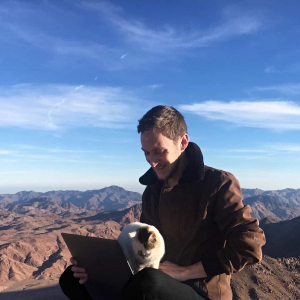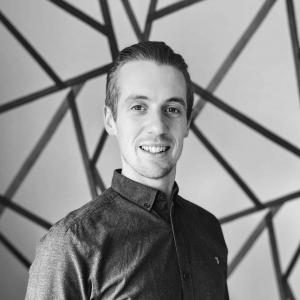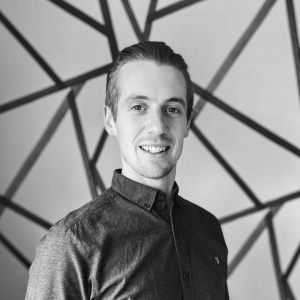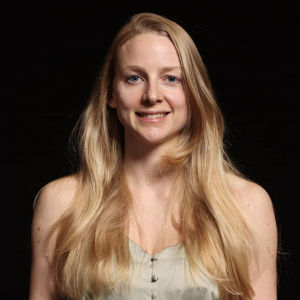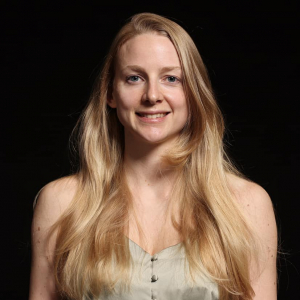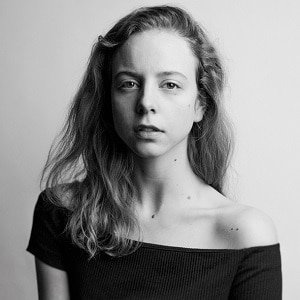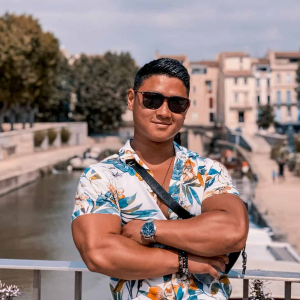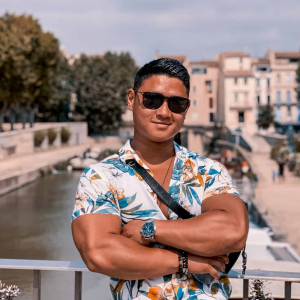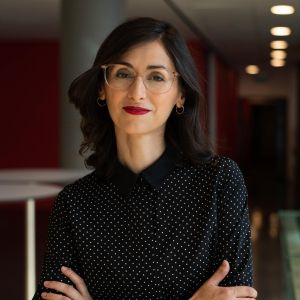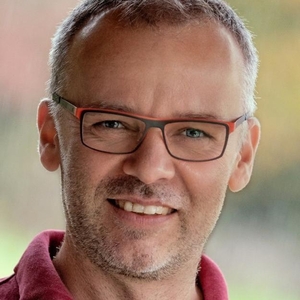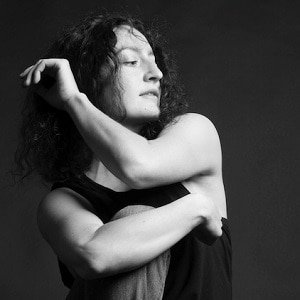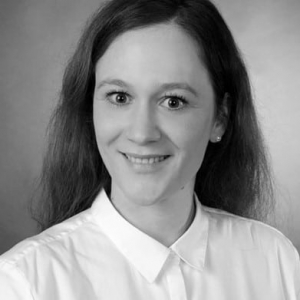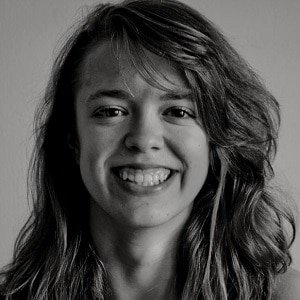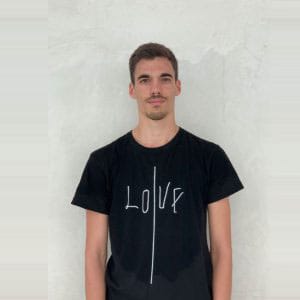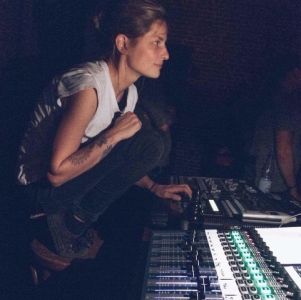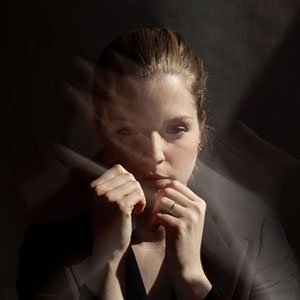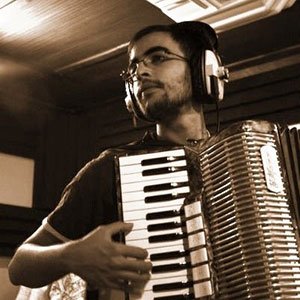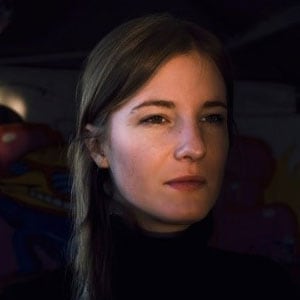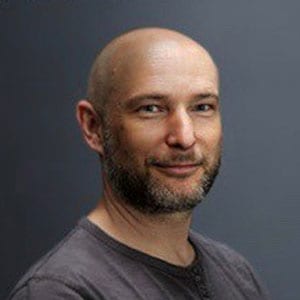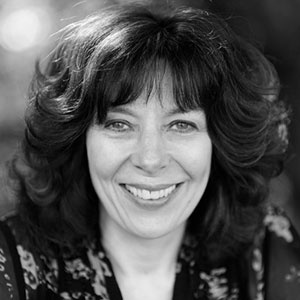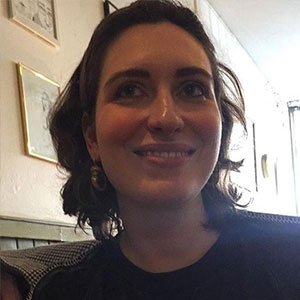EVALUEMOTION
MAKING AN IDEA DANCE (PROPERTY)
eVALUEmotion
⠀⠀⠀
Elisabeth Schilling is a dancer and a choreographer. She combines contemporary dance with visual arts, theatre, contemporary music and sometimes design; but above all, her practice aims to mediate contemporary dance. In other words, one of the main objectives of her work is to make people familiar with contemporary dance even though they have no prior connection with it.
When she describes the creative process she uses to develop her performances, she starts with two elements that are fundamental to her:
-The singularity of each space with its characteristics and expectations, i.e. space in the broadest sense, space also understood as a social context.
-What we usually think of as a “starting idea” is in her case a form. It is this very form that will then create the danced movements and generate ideas.
René Kockelkorn’s invitation to participate in Störende Wahrheiten around one specific topic is therefore a first for Elisabeth Schilling: the idea, the “subject” of the dance, the property came before the form, before the choreography she proposes for this exhibition. She adds that, for her, dance is rarely a dance about anything, ‘Dance is a world of turmoil and vagueness, it does not communicate with words’.
This is the context that generates EVALUEMOTION, a piece danced by ideas, thoughts, feelings and objects belonging to inhabitants of Lorentzweiler – a dance whose movement can be seen as performative, but a dance that is not a spectacle. The aim of the project is to get the inhabitants of the community to think about the notion of property in four stages, each of which invites them to engage in a different way.
These four stages set the pace for the performance, which started before the opening and will last throughout the exhibition. At first, the inhabitants were invited to send a photograph of their favourite object to the town hall to share it with the choreographer. The second stage of the project consisted of postcards that were sent to the whole community. Elisabeth Schilling asked questions: When is an object of value for you? What are your feelings about an object that you own? Does the fact of being the owner change the perception you have of yourself? The choreographer considers that the mere fact that people read these questions is a way of sowing the seeds of an idea. The answers that were sent to the town hall will be used in an installation.
This special dance of thoughts, questions and answers and feelings that move between the artist, the inhabitants and the town hall will then turn into a dance of private objects which will be exchanged during two different bartering sessions:
-On the day of the opening, a plexiglass box will be set up in front of the town hall, where passers-by will be able to put something into it and take out something else in exchange.
-During the exhibition, this bartering will be developed through walks organised by Elisabeth Schilling and during which inhabitants will be able to exchange objects with her or with one another.
The abstraction that characterises dance thus becomes a series of invisible movements, a series of exchanges which transform – private – properties into – public – commodities.
It is as if, against the background of this work, we could see body languages: a body that gives something to another body, a body that receives something, a body that treasures an object, a body that proudly wears a beautiful hat, a body that gets out of a big car, a body that dives into a beautiful swimming pool, a body that cherishes a small, insignificant object. It is as if we could now, in our daily lives, feel (see) emotions danced by non-dancers, around their properties.
More information HERE

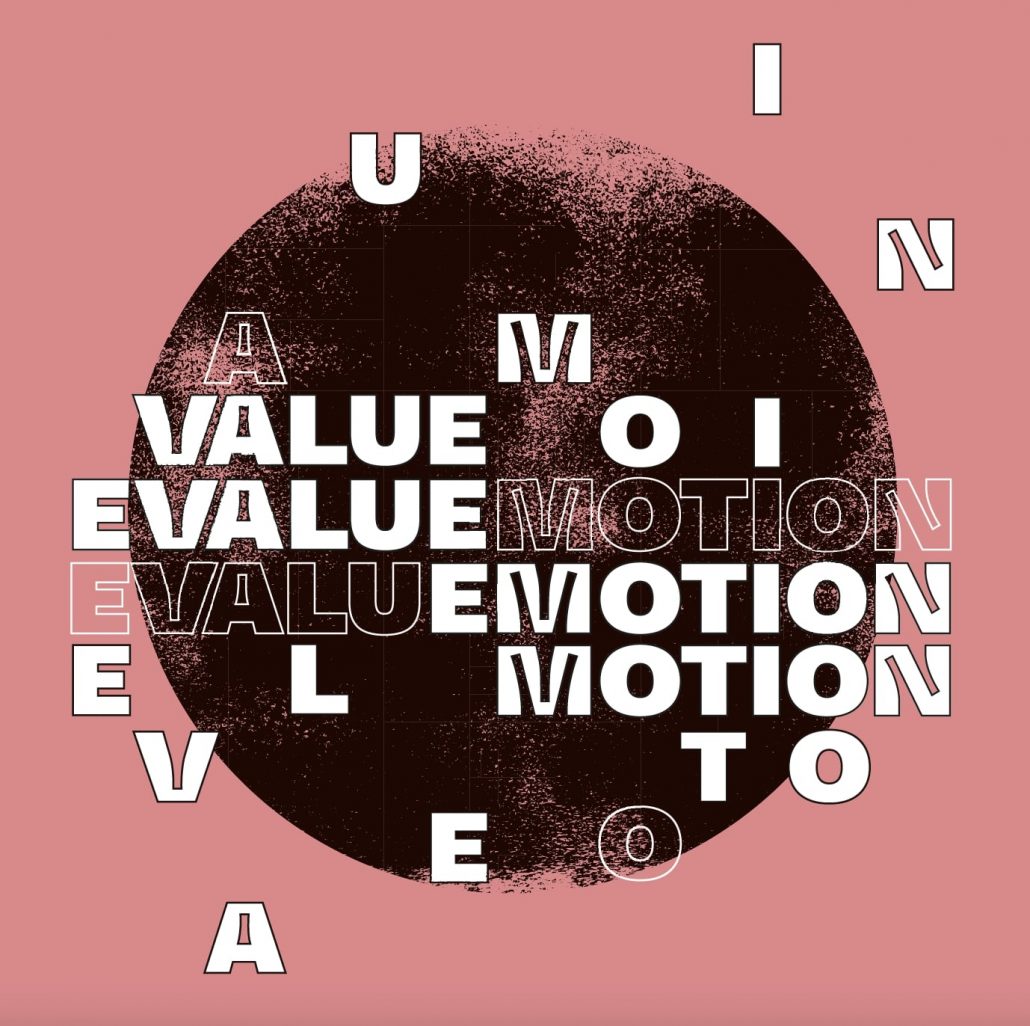





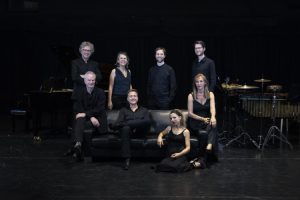
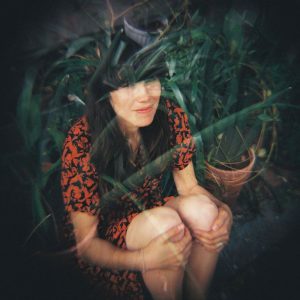


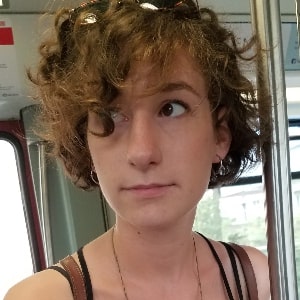
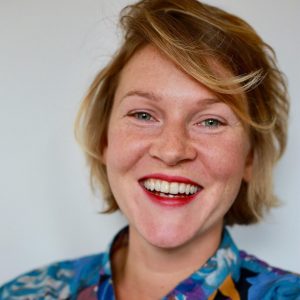

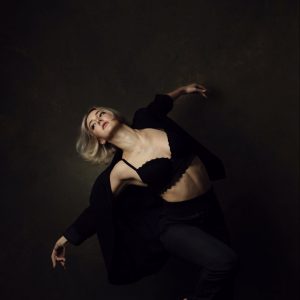
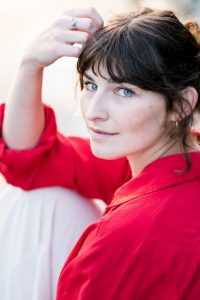
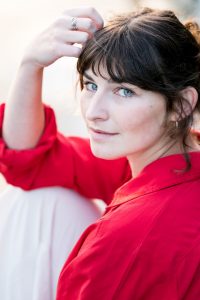

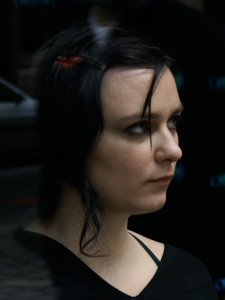



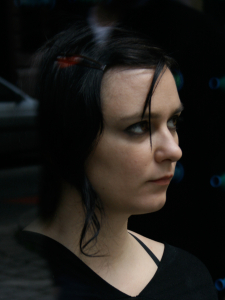


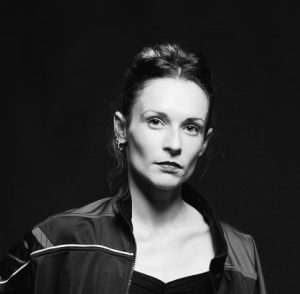 Lou begann im Alter von 5 Jahren in ihrer Heimatstadt zu tanzen. Im Jahr 2012 schloss sie sich dem Ballet Junior de Genève an, wo sie Werke von renommierten Choreografen wie Andonis Foniadakis oder Hofesh Schechter tanzte. 2016 schloss sie sich dem Kamea Dance Cie in Israel an, wo sie unter anderem Werke des Regisseurs Tamir Ginz, aber auch von Nacho Duato und Marco Goecke tanzte. Seit 2020 ist sie als Gasttänzerin am Grand Théâtre de Genève engagiert und arbeitet seitdem als freischaffende Tänzerin.
Lou begann im Alter von 5 Jahren in ihrer Heimatstadt zu tanzen. Im Jahr 2012 schloss sie sich dem Ballet Junior de Genève an, wo sie Werke von renommierten Choreografen wie Andonis Foniadakis oder Hofesh Schechter tanzte. 2016 schloss sie sich dem Kamea Dance Cie in Israel an, wo sie unter anderem Werke des Regisseurs Tamir Ginz, aber auch von Nacho Duato und Marco Goecke tanzte. Seit 2020 ist sie als Gasttänzerin am Grand Théâtre de Genève engagiert und arbeitet seitdem als freischaffende Tänzerin.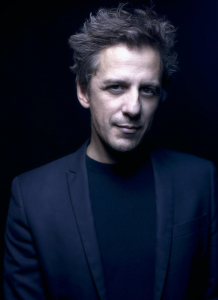
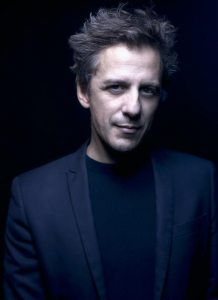
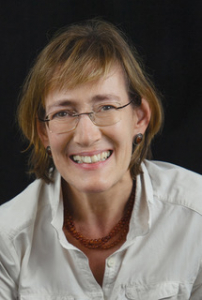
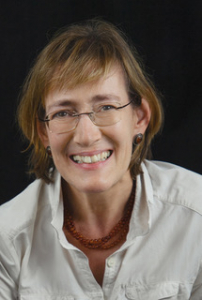
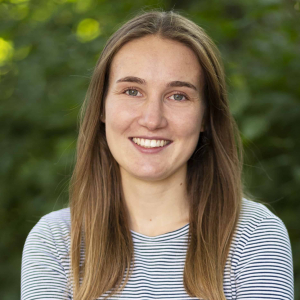 Johanna Schmitt
Johanna Schmitt Johanna Schmitt
Johanna Schmitt